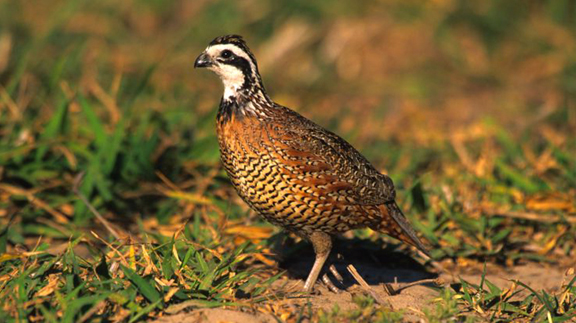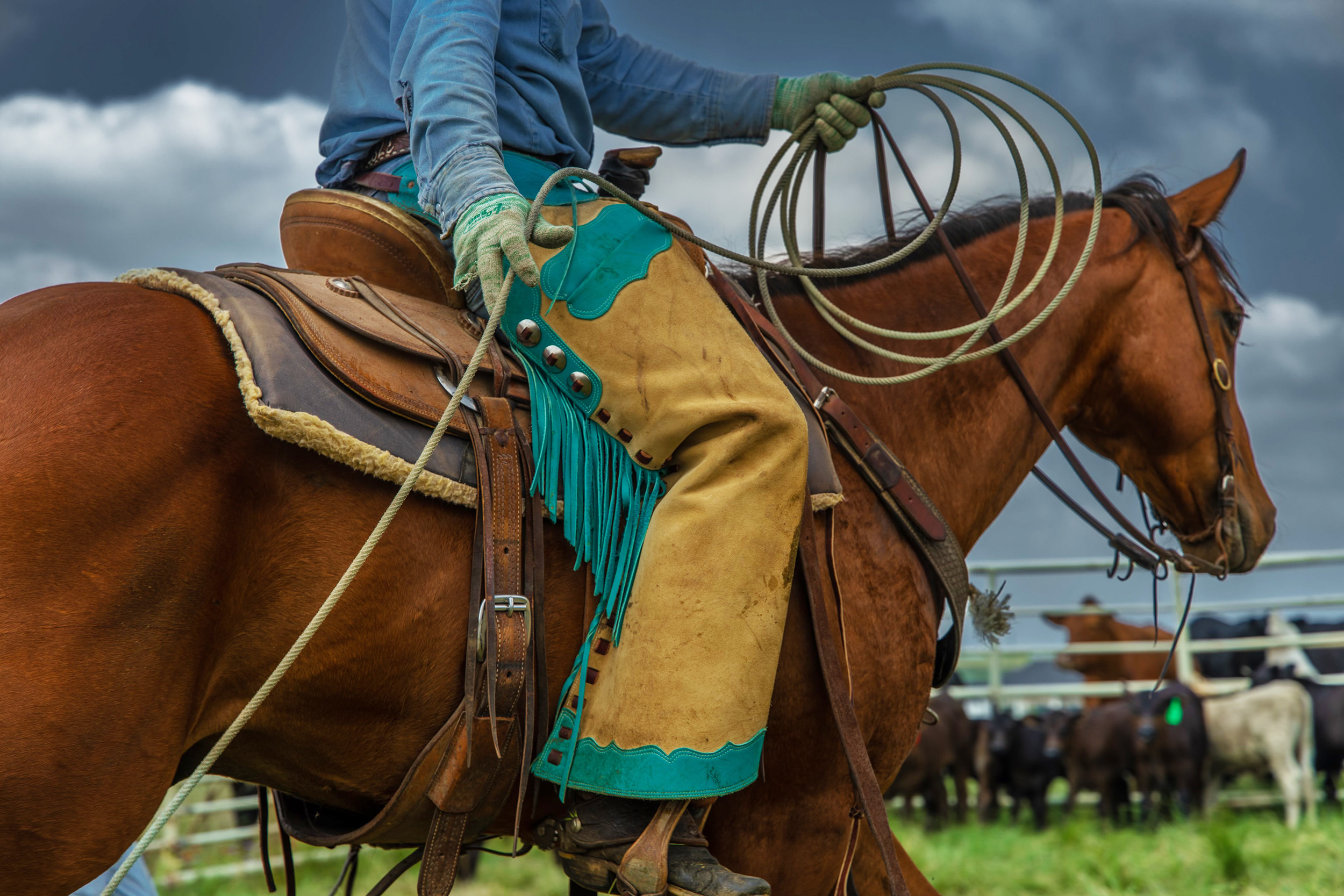Outdoor
Distinguished Lectureship in Quail Management set Jan. 16 in Dallas: Annual event to focus on eyeworms in Texas quail

By: Steve Byrns
Writer: Steve Byrns, 325-653-4576, [email protected]
Contact: Dr. Dale Rollins, 325-653-4576, [email protected]
DALLAS – The Texas A&M AgriLife Extension Service will conduct the Distinguished Lectureship in Quail Management from 9 a.m.-noon Jan. 16 in Dallas.
The seminar, featuring the topic “On the Trail of the Eyeworm in Texas Bobwhites,” will be in Seminar Hall C4 of the Dallas Convention Center. The program is being held in conjunction with the Dallas Safari Club’s annual convention. Admission to the quail lectureship is free, but admission to the safari club’s trade show is $20.
“Eyeworms have been identified as a contender for the ‘smoking gun’ involved with the years long decline of wild quail numbers across the state,” said Dr. Dale Rollins, AgriLife Extension’s statewide coordinator for the Reversing the Quail Decline Initiative at San Angelo. “Dr. Ronald Kendall, professor of toxicology at Texas Tech University’s Texas Institute of Environmental and Human Health at Lubbock, will be our keynote speaker.
“For those who have never heard Dr. Kendall, he is a passionate presenter, and is especially so about this quail research effort. He’s an avid quail hunter himself and thus has a keen personal, as well as professional, interest in finding a solution to the decline of bobwhites in West Texas.”
Kendall is involved with the Operation Idiopathic Decline research effort funded by the Rolling Plains Quail Research Foundation, Rollins said.
“Kendall and his students have several studies underway with the goal of controlling eyeworms and cecal worms in wild quail, Rollins said. “This year’s lecture melds well with last January’s lecture by Dr. Peter Hudson, who identified and successfully treated cecal worms which were incriminated in the decline of red grouse in the United Kingdom.”
The Distinguished Lectureship in Quail Management seminar was initiated in 2008 with the first three being in Roby, site of the Rolling Plains Quail Research Ranch. But for the past two years, Rollins said the Dallas Safari Club has generously welcomed and supported the educational effort.
The lectureship is sponsored by the Rolling Plains Quail Research Foundation and is funded in part through the legislatively funded Reversing the Quail Decline Initiative, in cooperation with AgriLife Extension, the Dallas Safari Club and the Quail Coalition.
-30-
Outdoor
The Garden Guy

By Norman Winter | Horticulturist, Author, Speaker
The National Garden Bureau has designated 2024 as the ‘Year of the Angelonia’ and I am in full celebration mode. As I was preparing for my contribution to the celebration, I was, however, sent into taxonomic trauma.
For the last 26 years of deep love for the Angelonia, or summer snapdragon, I have told everyone via newspaper, radio and television that they were in the Scrophulariaceae family. Since most gardeners don’t like those words, I modified or simplified the snapdragon family, but somebody has tinkered with green industry happiness and moved Angelonia to the Plantaginaceae or plantain family. I immediately reached out to my friend Dr. Allen Ownings, Horticulture Professor Emeritus with the Louisiana State University AgCenter. I said, “Did you know this, or better yet, did you do it?” He said, as I expected, that the Taxonomist group had done it. This reminded me that someone once said taxonomists have to eat, too.
To read more, pick up a copy of the April issue of NTFR magazine. To subscribe by mail, call 940-872-5922.
Outdoor
Parting Shot: Grit Against the Storm…

By Jelly Cocanougher
Brazen rumbles cut through the daylight stillness. Enamored by the grandiose symphony of the firmament, tinged in anticipation from where the light will snap next.
The clouds dance in the sky as a love letter to the electrically-charged synergy of the ground and air. It moves unashamed, reckless, and bold. It is raw power that could command attention for any being, a reminder that we are attuned to the primal opus of flora and fauna. The spirit of the prairie was awakened, the hands of a cowboy rests at the heart of it all, a symphony in combination.
Outdoor
Grazing North Texas

By Tony Dean, [email protected]
There are a handful of mean-spirited plants that seem to have developed a liking to growing in places where they are a nuisance on North Texas grazing lands. One of those plants is definitely tasajillo. I can not count the number of gates I have had to open that required a fight with this prickly foe.
I now realize there is a plausible reason why so many fence lines and gates are home to tasajillo, being that birds eat the seeds, and then deposit them along the fences thus creating a virtual nursery for this unfriendly species.
Tasajillo is a perennial member of the cactus family and can be found in all areas of the state, but with less presence in deep East Texas. It grows as individual plants or as thicket-forming clumps. This cactus seems to be most adapted to loamy soils and is often found in association with mesquite.
To read more, pick up a copy of the March issue of NTFR magazine. To subscribe by mail, call 940-872-5922.
-

 Country Lifestyles1 year ago
Country Lifestyles1 year agoScott & Stacey Schumacher: A Growth Mindset
-

 Equine7 months ago
Equine7 months agoThe Will to Win
-

 Country Lifestyles7 years ago
Country Lifestyles7 years agoStyle Your Profile – What your style cowboy hat says about you and new trends in 2017
-

 Country Lifestyles4 years ago
Country Lifestyles4 years agoAmber Crawford, Breakaway Roper
-

 HOME7 years ago
HOME7 years agoGrazing North Texas – Wilman Lovegrass
-

 Country Lifestyles7 years ago
Country Lifestyles7 years agoDecember 2016 Profile, Rusty Riddle – The Riddle Way
-

 Country Lifestyles8 years ago
Country Lifestyles8 years agoJune 2016 Profile – The man behind the mic: Bob Tallman
-

 Outdoor9 years ago
Outdoor9 years agoButtercup or Primrose?






